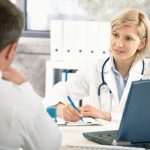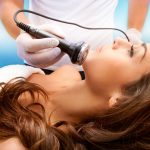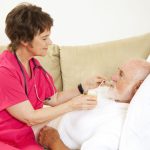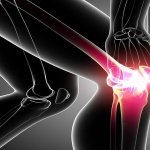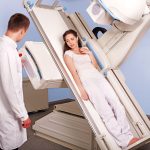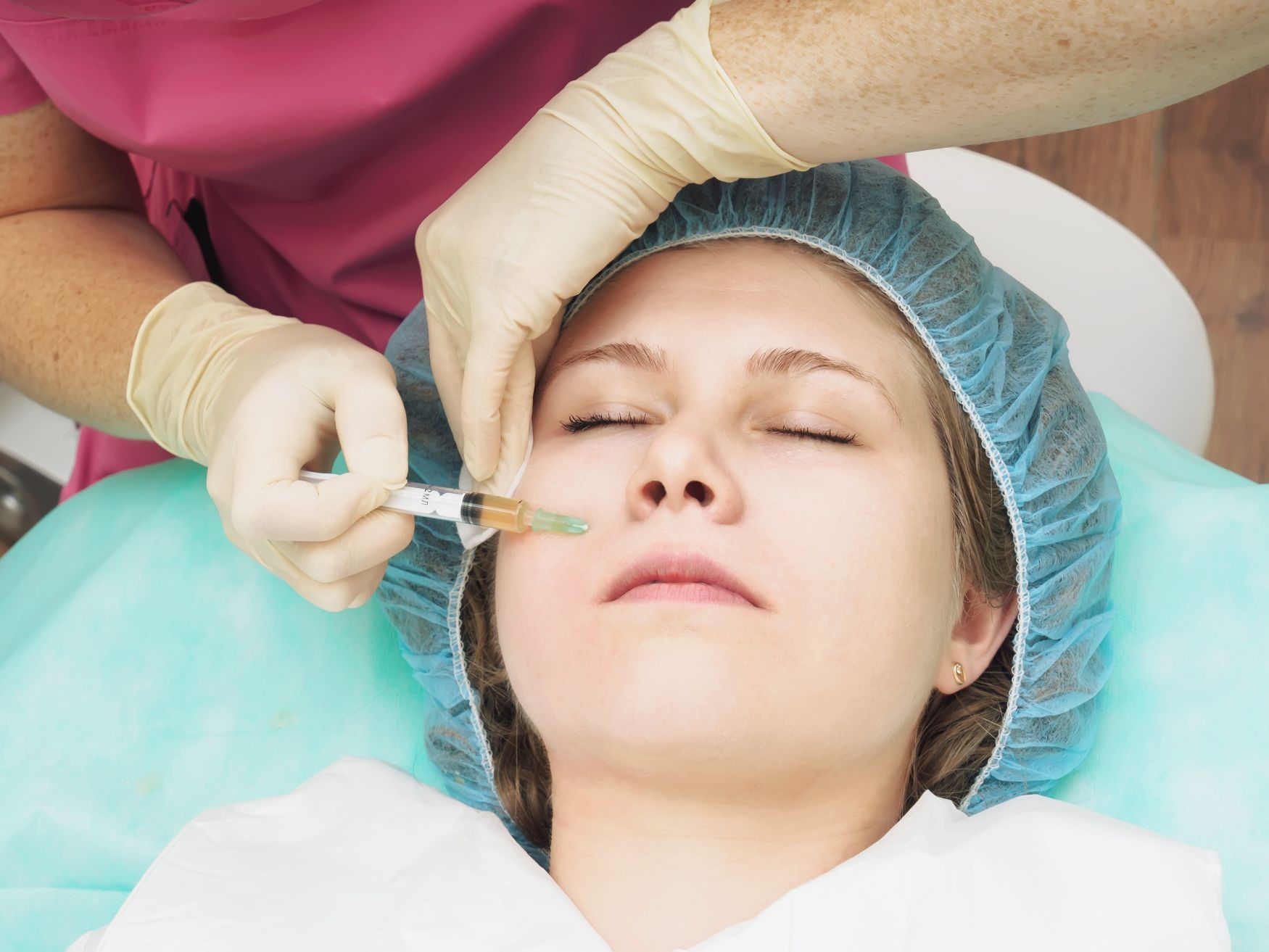A stroke can strike without warning, altering a person’s ability to move, speak, or think clearly. But recovery is possible—and stroke rehabilitation is the key to regaining control and independence. Through guided therapy, medical care, and emotional support, stroke survivors can rebuild their lives one step at a time.
Understanding Stroke Rehabilitation
Stroke rehabilitation is a structured program designed to help individuals relearn skills lost when part of the brain is damaged. Recovery begins as soon as possible after the stroke—often within 24 to 48 hours once the patient is medically stable. Early rehabilitation promotes healing by stimulating brain plasticity, the brain’s natural ability to reorganize and form new connections.
Rehabilitation programs are tailored to each patient’s needs. The process can take weeks, months, or longer, depending on the stroke’s severity and the areas of the brain affected. While some people recover quickly, others may need long-term therapy to achieve gradual, meaningful progress.
Key Components of Stroke Rehabilitation
Stroke recovery involves several types of therapy, often working together to address different challenges:
-
Physical Therapy: Focuses on restoring movement, coordination, and strength. Therapists use exercises and balance training to help patients regain mobility and confidence in daily activities.
-
Occupational Therapy: Helps survivors relearn essential life skills—like dressing, eating, and writing—so they can return to independent living.
-
Speech and Language Therapy: Addresses speech, language, and swallowing difficulties caused by muscle weakness or brain damage.
-
Cognitive and Emotional Therapy: Supports mental function, memory, and emotional well-being. Many stroke survivors experience frustration or depression, and counseling can make a significant difference in motivation and recovery.
These therapies work best when combined with compassionate guidance, family involvement, and a strong support network.
Lifestyle and Long-Term Recovery
Long-term recovery goes beyond physical healing. It involves adopting habits that reduce the risk of another stroke and promote overall wellness. A balanced diet rich in fruits, vegetables, and whole grains, along with regular physical activity, helps improve cardiovascular health. Managing blood pressure, diabetes, and cholesterol is also crucial for preventing recurrence.
Emotional health matters just as much as physical rehabilitation. Support groups, therapy, and connection with other stroke survivors can help individuals cope with the emotional challenges of recovery and rediscover hope.
A Journey Toward Independence
Stroke rehabilitation is not just about restoring physical abilities—it’s about rebuilding life, identity, and confidence. Every small achievement is a victory, and with time, persistence, and professional care, stroke survivors can regain independence and embrace life with renewed strength.
